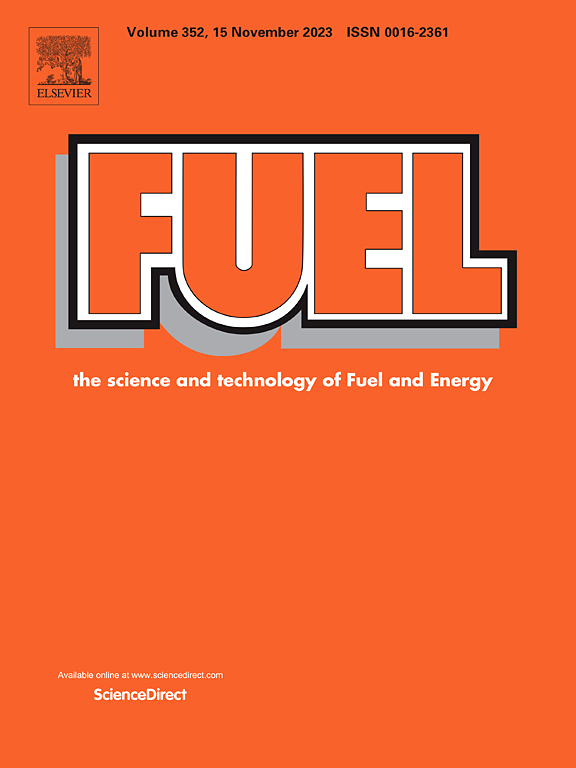Exploring water production dynamics in a Sabatier reactor: A comprehensive experimental investigation
IF 6.7
1区 工程技术
Q2 ENERGY & FUELS
引用次数: 0
Abstract
In near space (e.g., the International Space Station), the Sabatier reaction is used to produce water and address shortages, while in deep space (e.g., Mars), it enables the production of methane as rocket propellant. This study focuses on the performance analysis of the Sabatier system for water generation, which converts carbon dioxide and hydrogen into water through a catalytic reaction. A catalyst-packed Sabatier reactor was designed, manufactured, and tested in water generation experiments under various operating conditions. For the first time, this experimental study analyzed the combined effects of total feed flow rate and molar flow rate ratio on water production and quality. A lower molar ratio (richer in carbon dioxide) increased the solubility of carbon dioxide in the produced water, leading to higher electrical conductivity and lower pH. Both the total feed flow rate and the molar ratio of reactants significantly affected conversion efficiency. Additionally, the study measured and analyzed temperature profiles within the Sabatier reactor over time and distance, as well as the concentration and flow rate of discharged gases. These results suggest that variations in reactant supply conditions, determined by available resources in the environment, would influence the quantity, quality, and conversion efficiency of the produced water. Consequently, Sabatier technology for water generation is poised to play a crucial role in expanding human activities in space and could become central to future space-related water technologies and businesses.

求助全文
约1分钟内获得全文
求助全文
来源期刊

Fuel
工程技术-工程:化工
CiteScore
12.80
自引率
20.30%
发文量
3506
审稿时长
64 days
期刊介绍:
The exploration of energy sources remains a critical matter of study. For the past nine decades, fuel has consistently held the forefront in primary research efforts within the field of energy science. This area of investigation encompasses a wide range of subjects, with a particular emphasis on emerging concerns like environmental factors and pollution.
 求助内容:
求助内容: 应助结果提醒方式:
应助结果提醒方式:


